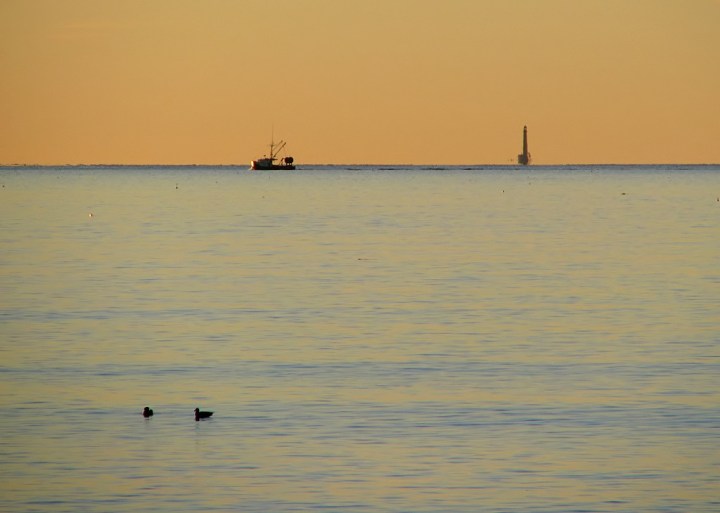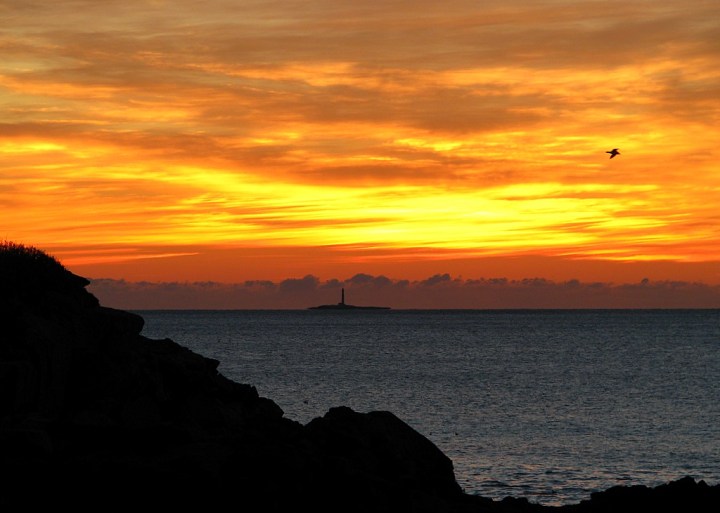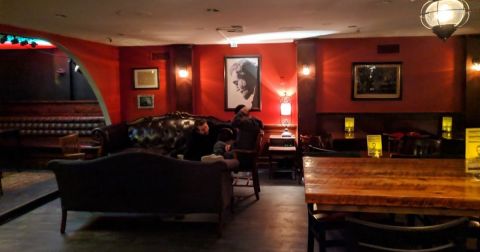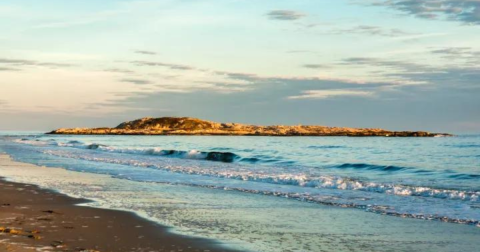The Deadly History Of This Lighthouse In Maine Is Terrifying But True
From haunted B&Bs to eerie, rural, wooded backroads, Maine has no shortage of frightening stories. But, without a doubt, some of the scariest involve our maritime history. Our craggy coast has felled more than one ship and our lighthouses have watched over many stormy disasters. One of the most bone-chilling is the story of Boon Island.

It certainly looks serene, but for 24 days it was a place of misery and fear for 10 sailors.


Two died as a result of injuries related to the crash, while the other two made a failed attempt to travel the six miles to the mainland via a makeshift raft. The ten remaining sailors were stranded on the rocky island, but able to see the secure mainland perfectly.
Unfortunately, there was no safe way to reach it.

But, how?

The remaining men survived by eating the remains of the fallen sailors. After 24 days, the group was rescued and Boon Island went down in history as the location of one many desperate situations off the Maine coast.

The island remains dangerous. Serious storms regularly batter the land and the violence of wind and sea has been known to move boulders.
Today, the island is uninhabited, with a solar powered light guiding ships to safety.
Huge thanks to Jeremy D’Entremont, who graciously allowed for the use of his copyrighted images to help support this article. Jeremy is also the man behind one of the best New England lighthouse resources on the web.
He is also the author of many books on the subject of lighthouses, including this one focusing on New England.
Have you seen or visited Boon Island? Tell us about it over on our Facebook page!
OnlyInYourState may earn compensation through affiliate links in this article. As an Amazon Associate, we earn from qualifying purchases.




